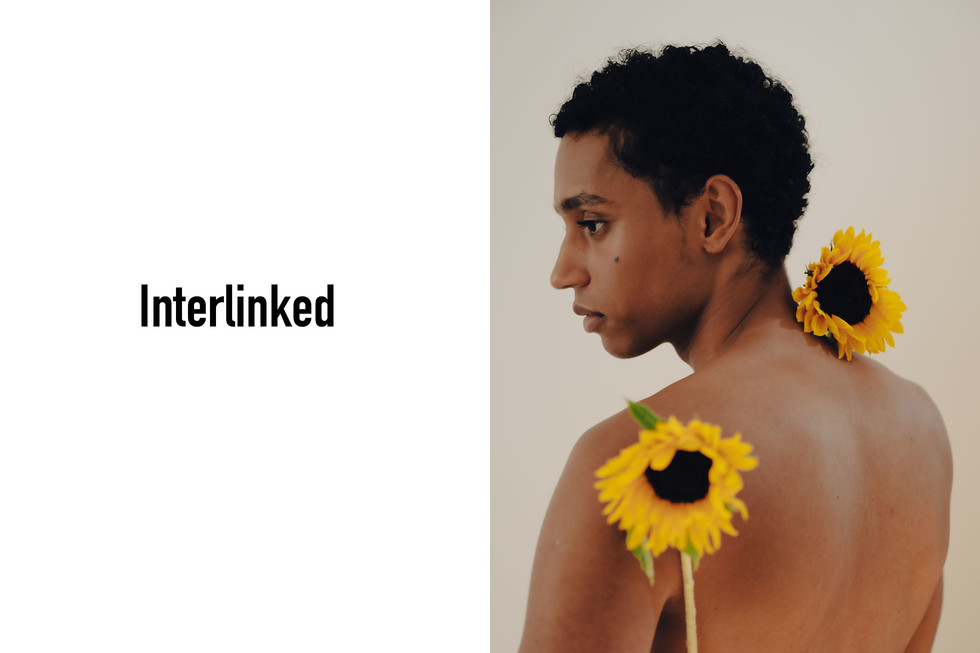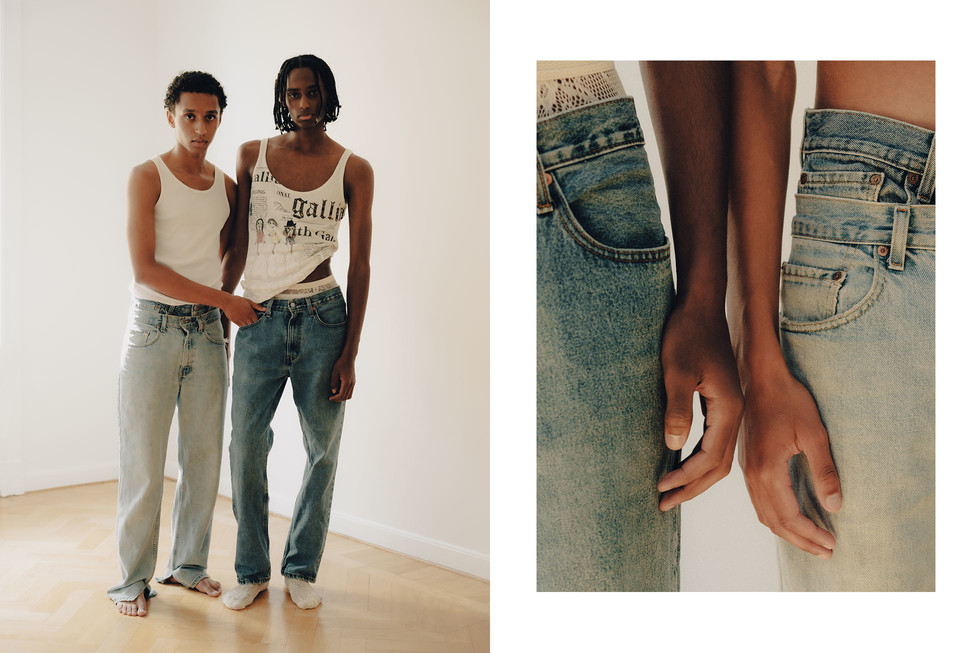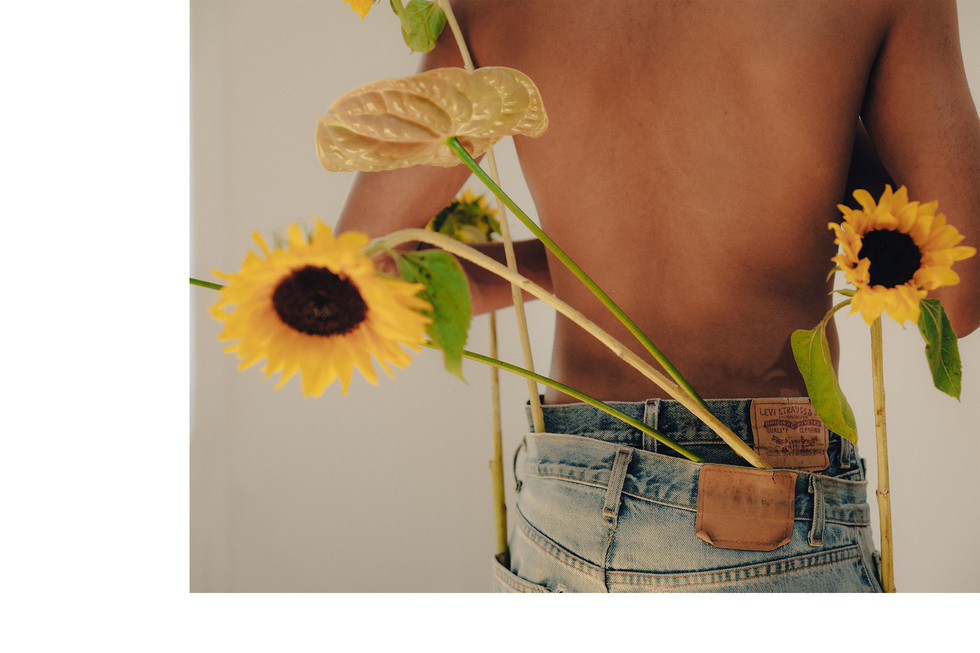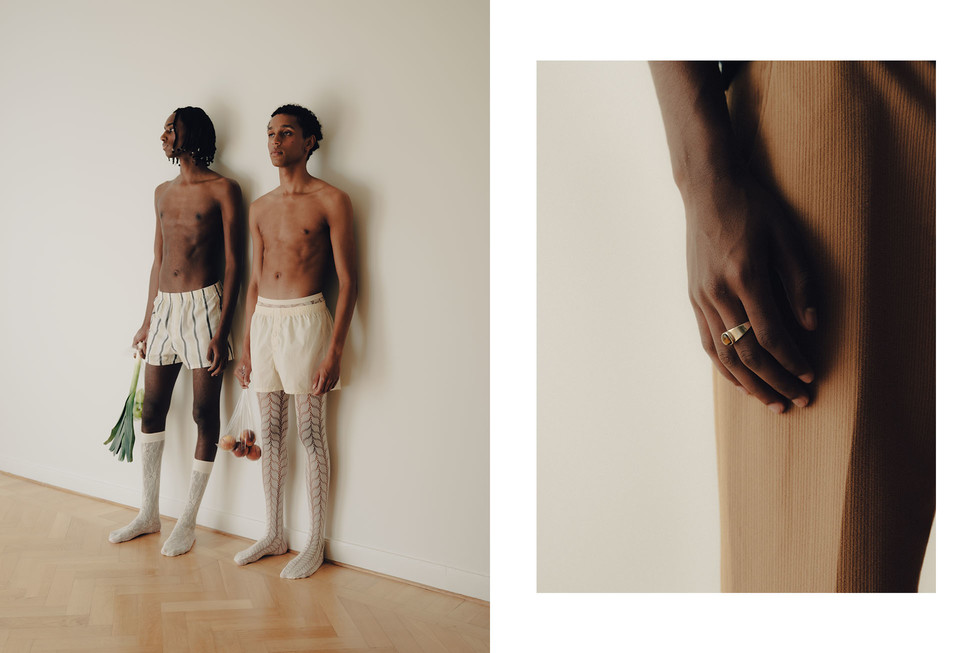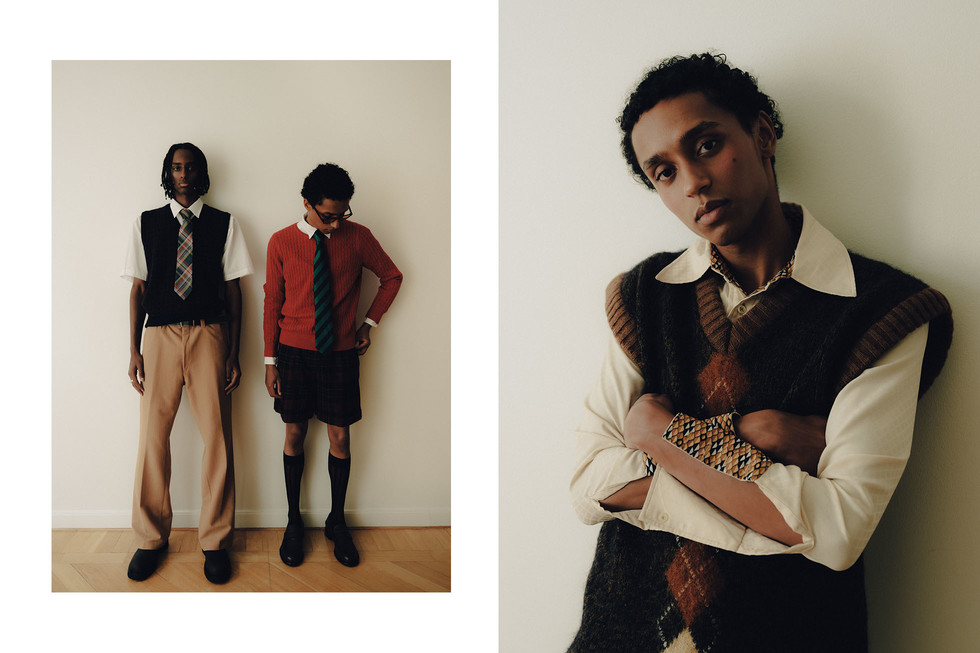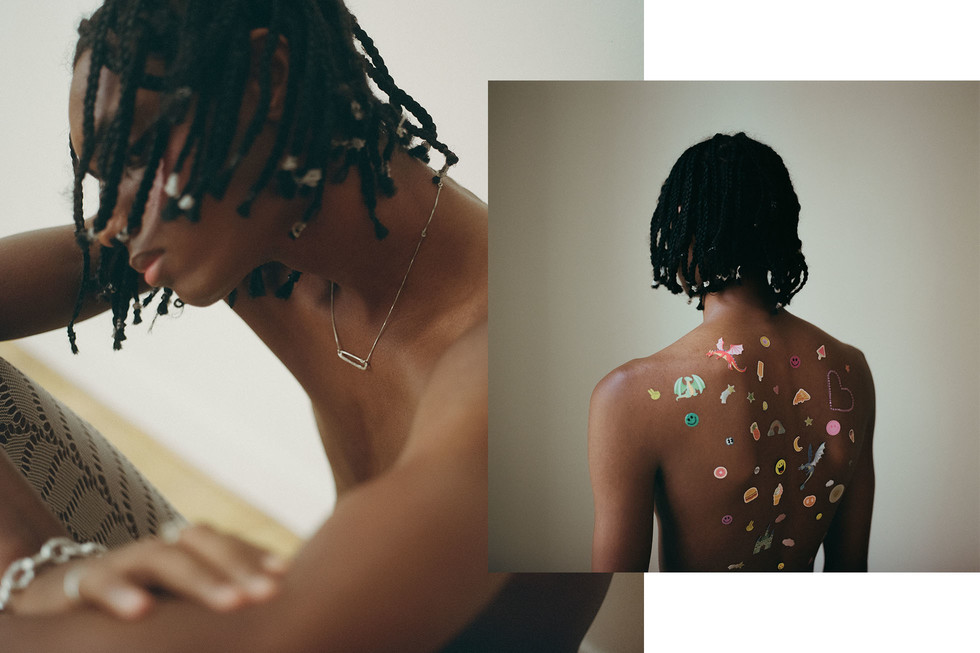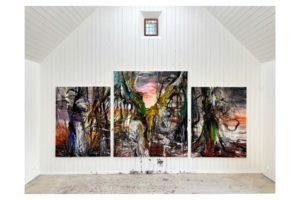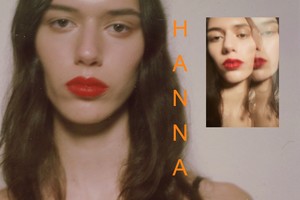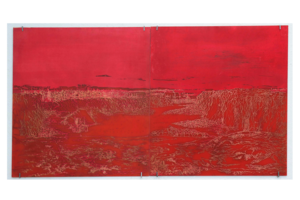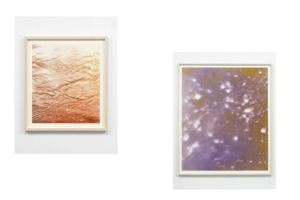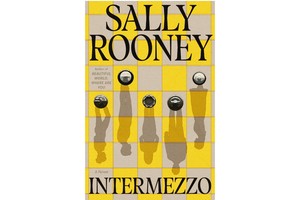Ulrika Barr’s “Harena” Exhibition Opens at Galleri Glas
Written by Natalia MunteanKnown for her innovative technique of combining blown glass with sand casting, Swedish artist Ulrika Barr creates organic, abstract forms that capture the essence of nature. Her works, often resembling stone or lava, are crafted with an intuitive, playful approach that reflects the eternal cycle of sand and glass.
Currently on display at Galleri Glas in Stockholm, Harena marks Barr’s first solo exhibition following her time with the Barr & Leven duo. Running from October 17 to November 14, the exhibition draws inspiration from artists such as Georgia O'Keeffe, offering a modern take on Jugendstil and Art Nouveau. Barr’s pieces emphasise the contrast between raw materials and refined form.
With international experience and a master’s degree from Konstfack, Barr’s artistry continues to evolve, blending traditional techniques with modern interpretations. Harena offers visitors a unique exploration of natural elements, from the depths of the sea to the earth’s core, through Barr’s distinctive glasswork.



